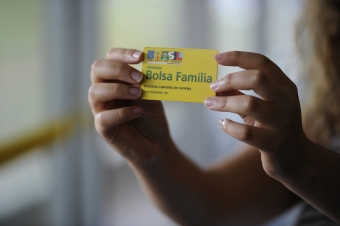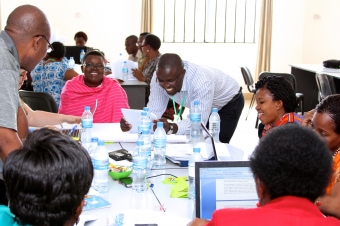Summary:
From the simulation of a real case occurred in the HC-Incor, the students, divided into groups, take on the role of various actors involved in the issue at the administrative level and are urged to negotiate a solution to the problem. The dynamics works on oral argument abilities and writing skills, understanding of the functioning of institutions and critical reflection.
Objective:
- GENERAL GOALS: To address questions about the legalization of politics and dialogue among institutions with regard to the guarantee of rights.
- SPECIFIC GOALS: To discuss the role of the Judiciary as one of the rights of collateral pathways of minorities as well as the institutional role of the Public Ministry.
- ABILITIES AND SKILLS TO BE DEVELOPED: oral and written reasoning, understanding of the functioning of the institutions, listen to the other, critical thinking and problem solving.
Dynamics:
- TEACHING METHOD: simulation
- REQUIREMENTS: the students must have achieved contact with the material one week before the class. The dynamics was developed in two stages, the first consisting of a class for preparation and the second dedicated to the activity. The students should prepare a document with the arguments of defense of his character, upon which the professor sent a feedback by e-mail about the arguments they wish to use. As mandatory previous reading, the following texts were indicated:
1) DURAND, M. R. L.; Arantes, Rogério B.; COUTO, Cláudio Gonçalves; TEIXEIRA, Marco Antonio Carvalho. Controles democráticos sobre a administração pública no Brasil: Legislativo, Tribunais de Contas, Judiciário e Ministério Público. In: Maria Rita Loureiro; Fernando Luiz Abrucio; Regina Silvia Viotto Monteiro Pacheco. (Org.). Burocracia e política no Brasil: desafios para a ordem democrática no século XXI. Rio de Janeiro: FGV, 2010, v. , p. 109-147; and
2) PRZERWORSKI, Adam. Ama a incerteza e serás democrático. Novos Estudos Cebrap, São Paulo, n. 9, pp. 36 – 46, jul. 84.
- INTRODUCTION TO THE DYNAMICS: the professor explained the problem of real case situation, which became known as "double door". The Heart Institute of the Clinics Hospital (HC-Incor) had two doors, one to care for patients of the Unified Health System (SUS) and the other to take care of patients with health insurance. The classroom was divided into seven groups, which represented the state executive power, the Heart Institute's board of directors, the Public Ministry, the SUS, the service users and health insurance users. The students were given the description of the characters and other information (attached).
- DEVELOPMENT OF THE DYNAMICS: each group of characters handed to the professor a document with the arguments they deemed relevant, on which she argued with everyone.
After 1 hour and 40 minutes of preparation, the students took on the role of their characters and simulated a meeting in which they should reach a consensus, even if the solution was to convince the other group. The only criterion was that the solution was accepted institutionally. In the end, the students used a document with the final articulation of their arguments.
- END OF THE DYNAMICS: the professor commented on the arguments and the solution found by the students, their causes and effects, and what it represents in our democracy model.
Evaluation:
- FEEDBACK: during the preparation of the documents and during the simulated hearing.
- GRADE EVALUATION: It was evaluated the previous document and the document prepared in the end of the dynamic. It also promoted the evaluation of oral argument skills, articulation group, and the construction of the solution in the classroom and hearing room.
Observation:
Copyright from the cover page image:
Image: "Instituto do coração do Hospital das Clínicas de São Paulo", available by the Wikimedia Commons user "Maxpana3", under the Creative Commons BY-SA 4.0 or GFDL license (http://www.gnu.org/copyleft/fdl.html)





